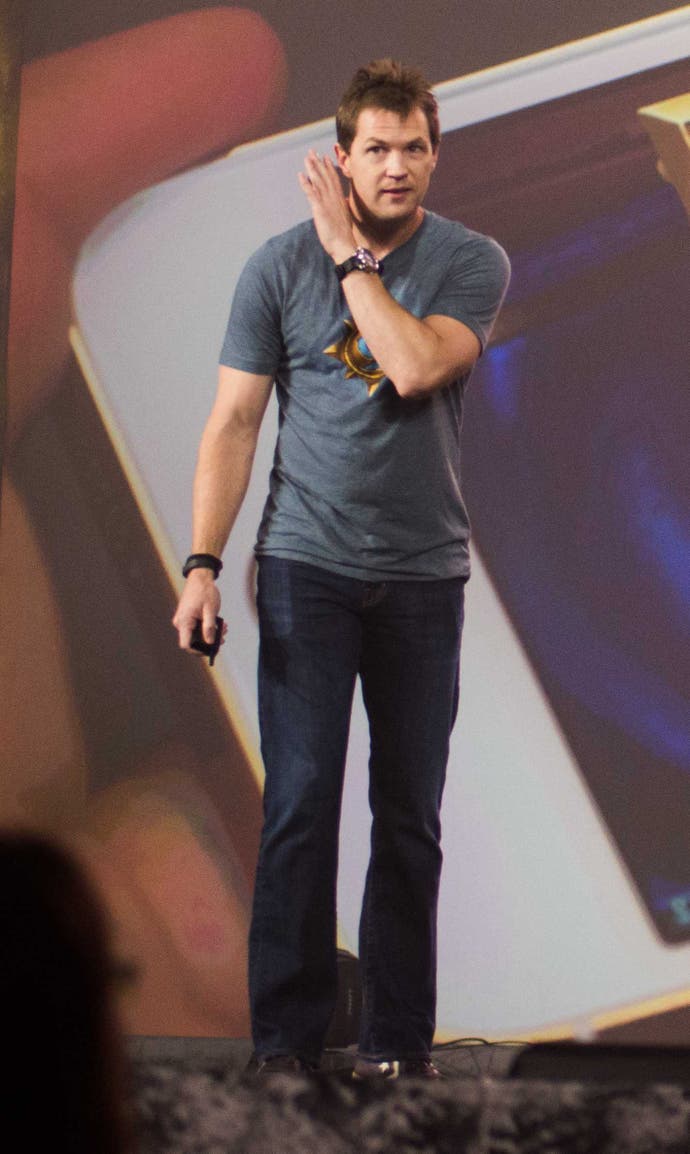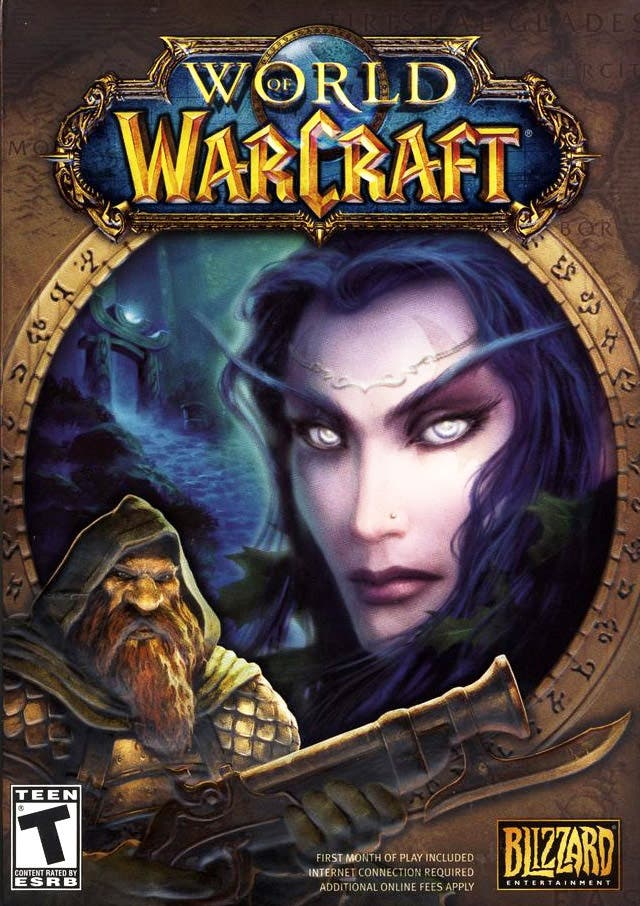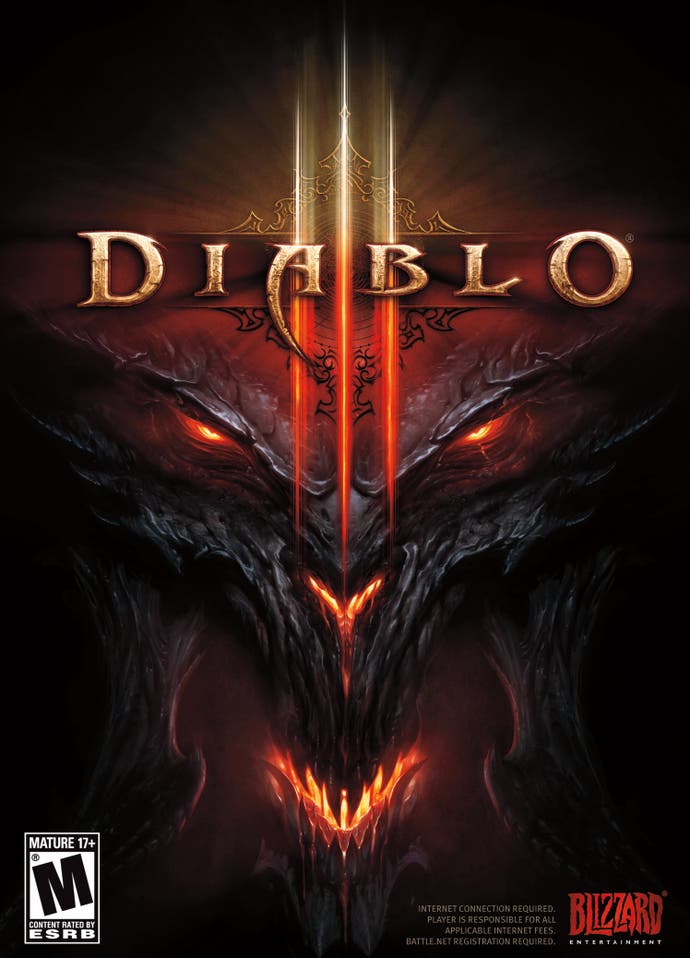Rob Pardo's legacy of steel
Blizzard's outgoing design chief has an eye for detail that will be keenly missed.
Blizzard Entertainment's chief creative officer Rob Pardo resigned yesterday after 17 years at the Californian studio. The decision came as a shock to the Blizzard fan community because it was both unexpected and unexplained - and because Pardo, though far from Blizzard's longest-serving employee, had become one of its most prominent statesmen. He was - still is - synonymous with the developer's justly celebrated game design ethos, which eschews dramatic innovations but favours a no less demanding mixture of depth and poise with ready accessibility and strong thematic flavours.

The effect of his departure on Blizzard is incalculable - by which I mean it is both huge and difficult to quantify. This is because Blizzard has a gently contradictory culture when it comes to its star creative personnel. It venerates the likes of Pardo, writer Chris Metzen and artist Samwise Didier both inwardly and outwardly, trading on their reputation at events like its BlizzCon fan convention and in media interviews. But in its (and their) public language, it prefers to emphasise teamwork over the contribution of individuals, and rejects any notions of auteurism. As Pardo put it himself, announcing his resignation in a post on Blizzard's forums:
"The best aspect of designing games at Blizzard is that the entire company is passionate about the gameplay within each and every product. From the executive team to customer service to our global offices, every single person is a player and contributes to making the best possible games. It's for very good reason that the first credit on every Blizzard game is 'Game Design by Blizzard Entertainment.'"
So in attempting to pin down the impact Pardo has had at Blizzard, you're reduced to charting the trajectory of his credits and job titles there, combing through interviews for pearls of game design wisdom and repeating anecdotes. It's not much to go on, but even so it doesn't take long before you gain an appreciation of the size of his contribution - to World of Warcraft, Blizzard's greatest success, in particular.
A real-time strategy game enthusiast, Pardo joined Blizzard - then and still the preeminent developer in this genre - to work as a designer on the first StarCraft. His ascendancy was swift, as he took a lead designer role on the game's Brood War expansion and then Blizzard's next wildly popular RTS, Warcraft 3. He was rewarded with the title of Vice President of Game Design. But it was to be in another genre where he would really make his mark after a fateful spell playing a rival developer's game.

Like many at Blizzard, Pardo started playing Sony Online Entertainment's seminal massively multiplayer RPG, EverQuest. Few got so deeply involved in it, though. For a while, Pardo ran Legacy of Steel, a successful EverQuest raiding guild, which any MMO guildmaster will tell you must have been a demanding job in itself. When Blizzard decided to try its hand at this then rather rarefied genre of game, using the Warcraft world as a setting, Pardo's deep understanding of the mechanical and social workings of MMOs naturally put him at the centre of the newly formed development team, with a lead designer credit. He even recruited designers from among his guildmates - including Jeffrey Kaplan, who went on to become one of WOW's leading lights before starting work on its still under-wraps and reportedly troubled successor, codenamed Titan.
No one person can take credit for WOW's brilliance and success; it is too big a game and its accomplishments are too varied, from the ageless art style to the still-impressive streaming technology that allows for unbroken immersion in its vast, contiguous maps. But Pardo is surely as responsible for it as any other individual can claim to be, if not more. The notoriously arcane and forbidding world of MMOs was blown open for a much larger audience of players, thanks in no small part to his unerring eye for the strong and weak points of a game design - for the seemingly small details that have a cascading domino effect on the whole experience.
This was made crystal clear for me the first time I interviewed Pardo, in 2008, at the unveiling of Diablo 3 in Paris. I'd been struck by just such a small yet critical design detail - the way a change to how health potions worked in tandem with the introduction of health globe drops rebalanced the game and added a new layer of depth to the combat. Pardo - who has a calm and pleasant demeanour, but can easily catch waffle-blown interviewers off guard with concise and penetrating answers that only last for a single, clipped sentence - was typically incisive when I asked about it, and referred to a similarly influential piece of design in WOW.

"I would never put something like [health globes] on the back of the box. But I do think it's one of those features that's going to have a larger impact than some of the back-of-the-box features, for sure. The way we handled our death penalty in WOW is an example of that, because out of that decision came PVP being fun for more casual players, more casual players wanting to play and not lose experience when they die. A lot of things that came out of that kind of small decision ended up really having a large impact across the game."
As a quote to pick to sum up the man's design philosophy, this might seem rather specific and granular, but his design, and Blizzard's as a whole, is characterised by this kind of specific and granular thinking. WOW took a big step outside of Blizzard's comfort zone and its fundamental debt to EverQuest and other MMO games is massive. Yet that step was taken with a firm confidence that these games could be vastly changed and improved by paying close attention to the little things.
Blizzard may never perform such a dramatic overhaul of a gaming genre again, but you can still see this philosophy at work in the way Hearthstone: Heroes of Warcraft and the forthcoming Heroes of the Storm rigorously reevaluate the central tenets of game styles popularised by others - Magic-style collectable card games in the first case, and the arena battles of Dota and League of Legends in the second. Pardo has doubtless been central to this process. Like Shigeru Miyamoto at Nintendo, Pardo has been directly involved with various games to a greater or lesser extent - apparently taking quite a hands-on role on the next WOW expansion, Warlords of Draenor - but has acted as a consultant designer, or guru, on all of them.

He is not the origin of Blizzard's game design philosophy nor the engine of its incessant refinement; that, according to Blizzard myth, belongs to the studio's collective consciousness. But he is certainly the embodiment and leading light of both. Metzen and Didier might be more popular, extrovert figures than the softly spoken and relentlessly rational Pardo, but Pardo's are arguably the bigger shoes to fill. Blizzard, as it expands to five or even six internal teams, will now have to work even harder to maintain his sharp focus on the small things that matter.
There's not much useful speculation to be done about his resignation. Conspiracy theorists were quick to point to last year's departure of Greg "Ghostcrawler" Street, a senior WOW designer, to Riot Games and League of Legends as a harbinger of dark clouds over sunny Irvine, the nondescript Southern California suburb where Blizzard has its HQ. Despite the unified front it presents, Blizzard is certainly a political place to work. But Pardo had been elevated to its highest cadre, seemingly beyond the reach of such concerns - and at any rate it's hard to imagine what could have dissatisfied either him or his colleagues so seriously as to cause a rift.
Titan has reportedly gone back to the drawing board, but it would hardly be the first Blizzard project to go through that process; WOW is in decline, but even as it approaches its tenth anniversary is almost 10 times more popular and profitable than any other MMO; Diablo 3's troubled launch caused a painful bust-up with fans, but with failures like this - 15 million copies sold and a successful re-entry into the console game market to boot - who needs successes? Finally, if there were any doubts over Blizzard's creative health and ability to move with the times, Hearthstone has put those to rest.
Yet even if you enjoy every success in the world, 17 years is a long time to stay in one place, and it's as likely as any other explanation that Pardo just felt it was time to move on. Hopefully his acuity is not lost to the art of game design forever and he will pop up somewhere else: still tinkering wisely, still questioning assumptions, still solving small problems with big consequences.

